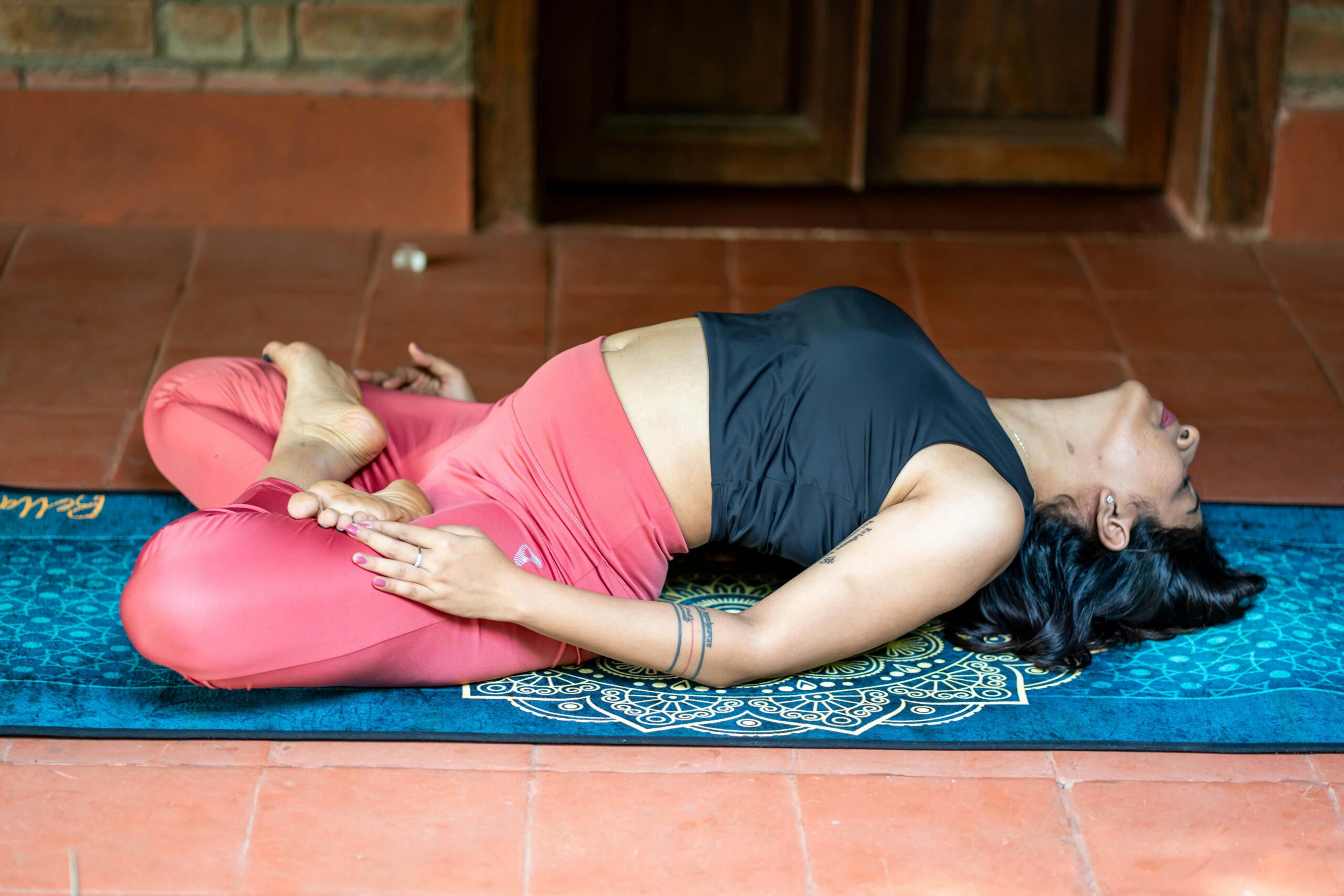
Introduction
The yoga of Knowledge (Jnana Yoga), is also sometimes called the theosophical yoga, distinguishing it among the other most demanding and intellectually intense yogic traditions. Unlike Bhakti Yoga (devotion) or Karma Yoga (selfless action), Jnana Yoga is rooted in deep inquiry, critical thinking, and the pursuit of truth. It attempts to address the ultimate question in life that is, Who am I?
Jnana Yoga suits all the spiritual seekers who are meditative in theirfeelings and are attracted to introspection, philosophy and self-investigation. In this blog, we’ll explore the essence, steps, practices, and benefits of Jnana Yoga, revealing how it leads to liberation (moksha) through knowledge.
—
What is Jnana Yoga?
The word Jnana (pronounced “gyana”) comes from Sanskrit, meaning “knowledge” or “wisdom.” But in the context of yoga, it refers not to intellectual knowledge, but to experiential self-knowledge—the realization of the self (Atman) as being identical with the universal consciousness (Brahman).
Jnana Yoga consumes judgement between what is true and what is untrue, what is permanent and what is temporary, what is the self and what is not the self. It teaches that ignorance (avidya) of our true nature is the root of all suffering, and that liberation comes through direct realization of the Self.
—
Philosophical Foundation
Jnana Yoga is based on the Upanishads, Bhagavad Gita, and Advaita Vedanta philosophy, which emphasizes non-duality (Advaita)—the understanding that there is only one ultimate reality, Brahman, and that the individual self (Atman) is not separate from it.
According to Adi Shankaracharya, the great Indian philosopher and Jnana Yoga master, liberation comes from removing the illusion (maya) that creates the false perception of separateness between self and universal spirit.
—
The Four Pillars of Jnana Yoga (Sadhana Chatushtaya)
Four important qualifications are required by a Jnana yogi before plunging into inquiry:
1. Viveka (Discrimination):
The ability to distinguish between the eternal (Brahman) and the temporary (worldly things).
2. Vairagya (Dispassion):
Loss of interest to the pleasures of the world and the fruit of action.
3. Shat-Sampat (Six Virtues):
Shama (calmness)
Dama (self-control)
Uparati (withdrawal from sense objects)
Titiksha (endurance)
Shraddha (faith in scriptures and teacher)
Samadhana (concentration)
4. Mumukshutva (Intense desire for liberation):
Intense desire; to realise oneself; emancipation out of the process of birth and death.
—
Core Practices of Jnana Yoga
1. Shravana (Listening to Teachings):
Listening and studying spiritual literature and teachings through enlightened masters.
2. Manana (Reflecting):
Reflective thinking and logic to greatly comprehend what has been acquired.
3. Nididhyasana (Meditation):
Intense concentration upon Reality of the Self-existing in pure consciousness.
4. Atma Vichara (Self-Inquiry):
Asking the question: “Who am I?” This inquiry leads to peeling away all identifications (body, mind, ego) to uncover the true Self.
—
Benefits of Jnana Yoga
🧠 Intellectual Clarity
Sharpens reasoning and insight
Removes ignorance and illusion
🕉️ Spiritual Liberation
Leads to realization of the Self as pure consciousness
Frees the mind from fear, attachment, and suffering
💖 Inner Peace
Reduces ego, pride, and restlessness
Brings contentment by realizing everything is one
🌿 Detachment and Equanimity
Helps you remain steady in pleasure or pain
Encourages compassion without attachment
—

Is Jnana Yoga Right for You?
Jnana Yoga is best suited for:
Philosophical and introspective minds
Those who seek liberation through reason and inquiry
People with strong concentration and emotional maturity
Other people who do not attract rituals or physical training
Nonetheless, they suggest that Hatha, Karma, or Bhakti Yoga should be practiced so as to cleanse the body as well as the mind before serious practice of Jnana Yoga to be attempted. Success in this way requires a cool, calm head.
—
Conclusion
Jnana Yoga is the straight forward but very delicate route to spiritual liberation. It demands of us that we should transcend religion, rite, and even enlightenment of the mind–that we should discover the Self that is immortal, sinless and unchanging. By using reason, reflection, and meditation, the Jnana yogi breaks through illusion and awakens to the ultimate truth: “I am That.” (Aham Brahmasmi)
